If you’re looking for a fun and easy way to make delicious muffins, you need to try using a silicone muffin pan! Silicone pans are incredibly versatile, and they make baking a breeze. Plus, cleanup is a snap – simply wash the pan with warm soapy water. Check out these tips on how to use silicone muffin pan.
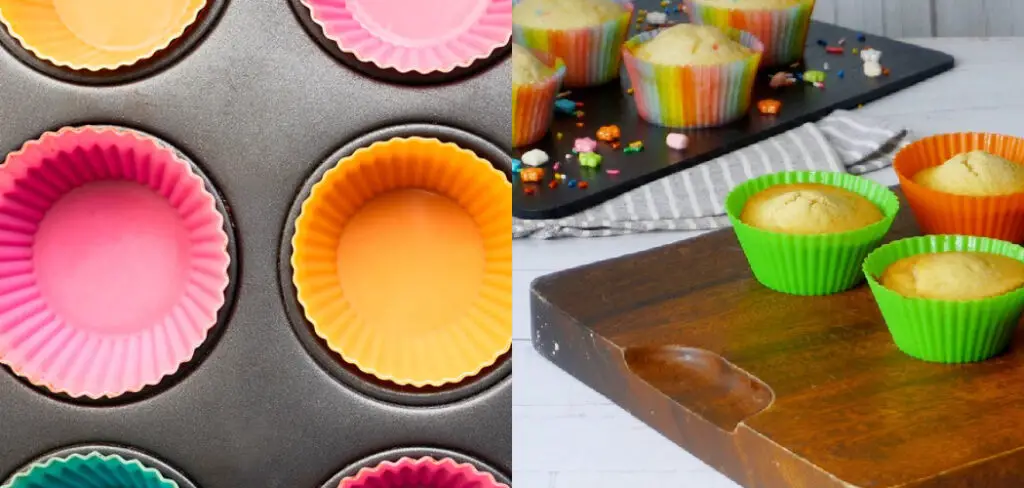
What Is a Silicone Muffin Pan?
A silicone muffin pan is a type of kitchenware used for baking. As the name suggests, it is made from silicone, a synthetic rubber that is heat-resistant and flexible. Silicone muffin pans are available in various sizes and shapes, and they can be used to bake muffins, cupcakes, and other small cakes.
One of the main advantages of using a silicone pan is that it is non-stick, which means that the finished product will not stick to the pan. Additionally, silicone muffin pans are usually easier to clean than traditional metal pans. However, one downside of using a silicone pan is that it may not conduct heat as well as a metal pan, which means that the baked goods may not brown evenly.
Overall, silicone muffin pans offer several benefits over traditional metal pans, and they are a good option for anyone who enjoys baking.
Why Should You Use a Silicone Muffin Pan?
Most muffin pans are made from either aluminum or steel, but silicone muffin pans are becoming increasingly popular. There are several reasons why silicone is a superior material for baking. First, it is non-stick, so there is no need to grease the pan or use paper liners.
Silicone is also very flexible, so muffins and cupcakes pop out of the pan easily and without any damage. In addition, silicone is heat-resistant so that it can be used in the oven or microwave. And because it is lightweight and unbreakable, it is perfect for taking on picnics or camping trips.
So if you’re looking for a muffin pan that is easy to use and will last for years, a silicone muffin pan is the way to go.
How to Use Silicone Muffin Pan Step by Step Guide
Making muffins is a fun and easy way to get your baking fix, and using a silicone muffin pan makes the process even simpler. Here are a few tips on how to use silicone muffin pan:
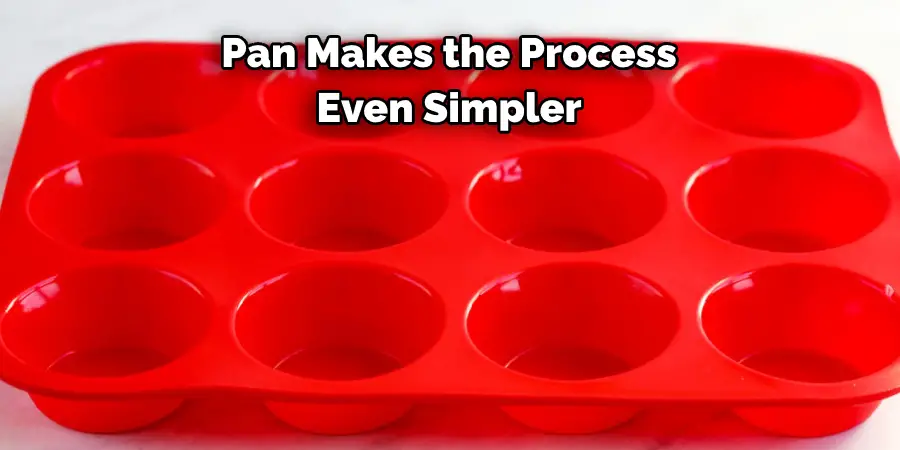
1. Preheat Your Oven
This is an important step for any baking recipe, but especially when using silicone bakeware. Make sure to preheat your oven before starting your muffins, so they have time to cook evenly.
2. Prep the Pan
You don’t need to grease a silicone muffin pan, but you may want to give it a quick wipe with a damp cloth or paper towel just to make sure there’s no dust or debris on the surface. If you’re using a silicone muffin pan for the first time, it’s also a good idea to test it out with a few water droplets first, just to get a feel for how the silicone will react.
3. Apply Cooking Spray or Line
If you’re using cooking spray, make sure to coat the entire silicone baking pan evenly. For lining, cut out circles of parchment paper that fit snugly in the bottom of each cup. Doing this step will help ensure your food doesn’t stick, making cleanup a breeze.
4. Scoop and Fill
Now it’s time to start scooping your batter into the silicone muffin pan. Use a ⅓ cup measuring cup to portion the batter evenly for standard-sized muffins. If you’re making mini muffins, use a tablespoon. Once all the cups are filled, tap the pan lightly on the counter to help settle the batter.
5. Bake as Normal
Pop the pan into the oven and bake as you would with any other muffin recipe. Because silicone molds are often flexible, you may need to place them on a baking sheet before putting them in the oven to prevent them from wobbling.
6. Remove and Serve
Once your muffins are baked to perfection, remove them from the pan by popping them out. If they don’t come out easily, run a knife or spatula around the edge of each muffin to loosen it. Serve warmly your delicious silicone muffin creations topped with your favorite butter, jam, or frosting!
7. Clean-Up
In order to clean your silicone muffin pan, simply wash it with warm soapy water. If there is any stubborn residue, you can use a silicone spatula or scrubber to help remove it. Avoid using abrasive cleaners or scrubbers, as this can damage the silicone. Once it’s clean, let the pan air dry or towel dry it before storing it.
That’s it! You’ve now learned how to use silicone muffin pan like a pro. Baking with silicone bakeware is an easy and convenient way to get perfect results every time. So, give it a try the next time you’re in the mood for some homemade muffins! You won’t be disappointed.
You Can Check It Out How to Clean Paella Pan
The Benefits of Using a Silicone Muffin Pan
When it comes to baking, using the right tools can make all the difference. That’s why more and more home cooks are turning to silicone muffin pans. Unlike metal pans, silicone muffin pans are non-stick, making it easy to release even the most delicate cakes and cupcakes. In addition, silicone muffin pans are lightweight and easy to store.
They’re also heat-resistant, so you don’t have to worry about them warping in the oven. And cleanup is a breeze – just pop them in the dishwasher, and they’ll come out looking like new. So if you’re looking for an easier way to bake, a silicone muffin pan is a great choice.
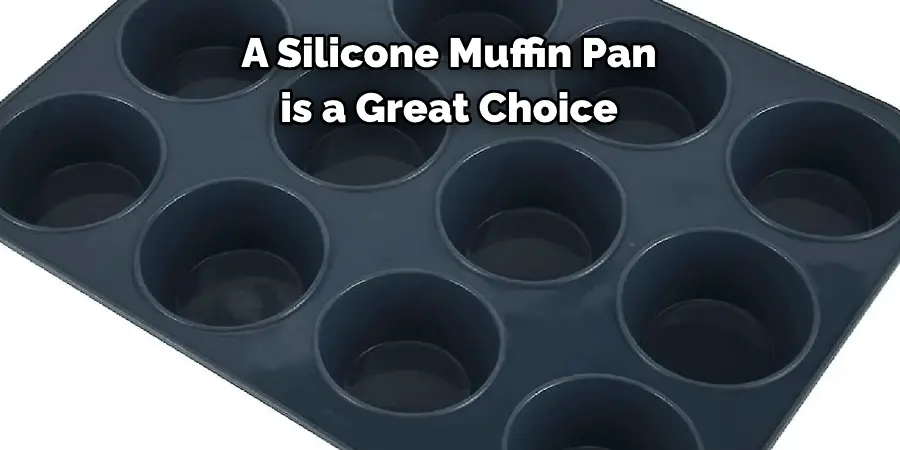
Tips for Using a Silicone Muffin Pan
Silicone muffin pans are popular for baking because they are non-stick, easy to clean, and flexible. However, when using a silicone muffin pan, there are a few things to keep in mind to ensure that your muffins turn out perfect every time.
First, be sure to use a light coating of cooking spray or oil on the pan before adding your batter. This will help to prevent the muffins from sticking. Second, fill each cup only three-quarters full so that the muffins have room to rise.
Finally, use a gentle touch when removing the muffins from the pan to retain their shape. With these tips in mind, you’ll be able to make the perfect silicone muffin pan every time.
Are There Any Disadvantages to Using a Silicone Muffin Pan
Silicone muffin pans have a lot of advantages: they’re non-stick, flexible, durable, and easy to clean. But are there any disadvantages to using them?
One potential disadvantage is that silicone muffin pans can be more difficult to use than metal or glass pans. In addition, they don’t conduct heat as well, so your muffins may take longer to bake.
Additionally, silicone muffin pans can be deformed if they’re exposed to extreme temperatures (like an oven) for too long. So if you’re using a silicone muffin pan, make sure to follow the recipe closely and keep an eye on your muffins while they’re baking.
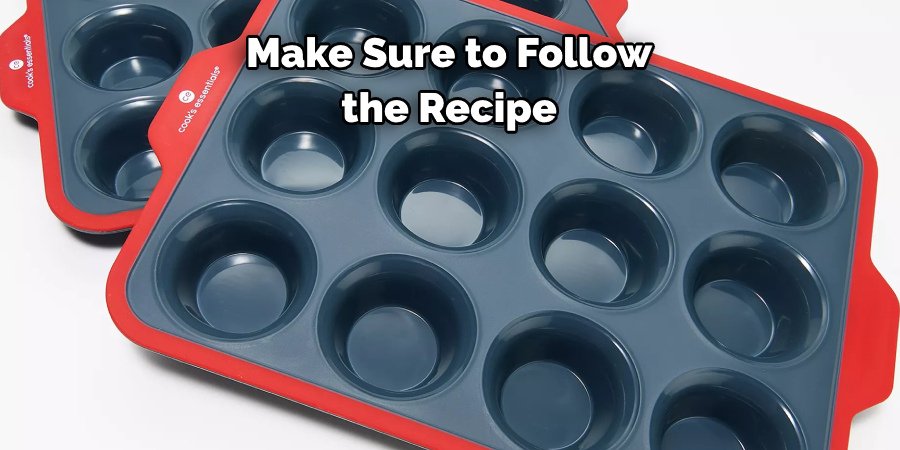
Another potential disadvantage of silicone muffin pans is that they’re not as widely available as metal or glass pans. If you’re looking for a specific size or shape of the silicone muffin pan, you may have difficulty finding it.
However, this is slowly changing as silicone bakeware becomes more popular. In general, though, metal and glass muffin pans are still more widely available than silicone ones.
So are there any disadvantages to using a silicone muffin pan? Yes, there are a few potential drawbacks. But overall, silicone muffin pans are convenient, easy to use, and versatile – so they’re definitely worth considering the next time you need to bake some muffins!
What to Do if Your Silicone Muffin Pan Starts to Warp
Silicone bakeware is known for its durability and flexibility, making it a popular choice for everything from muffin pans to cake molds. However, even the best silicone can start to warp over time, especially if exposed to extreme temperature changes. If your muffin pan starts to warp, there’s no need to panic.
The good news is that you can take a few simple steps to fix the problem. First, try placing the pan in the freezer for a few minutes. This will help to firm up the silicone and make it easier to work with. Next, gently shape the pan back into its original form. Finally, if the warping is severe, you may need to warm the pan in the oven for a few seconds to make it more pliable.
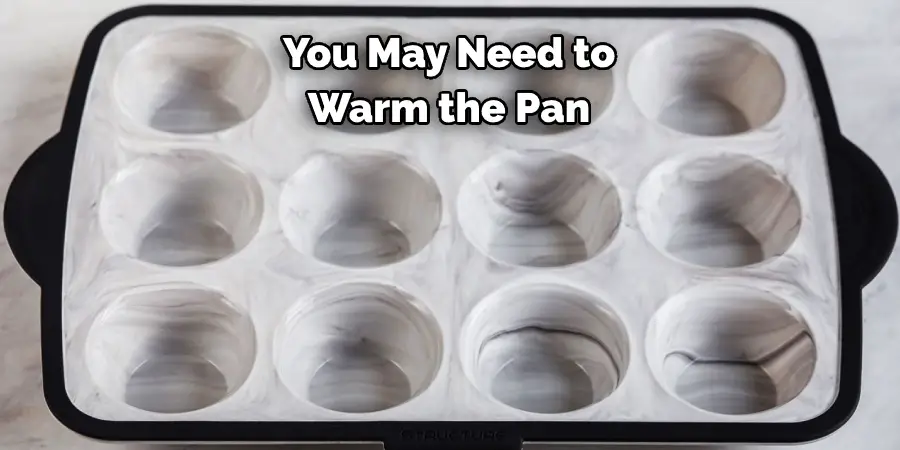
Finally, allow the pan to cool completely before using it again. With a little effort, you should be able to get your muffin pan back in working order.
Conclusion
So there you have it – everything you need to know about silicone muffin pans. They’re a great alternative to traditional metal muffin tins and are oven, freezer, and dishwasher safe. They come in various shapes and sizes, so there’s sure to be one that fits your needs. Be sure to stock up on them before your next baking project! Thanks for reading our post about how to use silicone muffin pan.
You Can Check it Out to Make Stainless Steel Nonstick
Professional Focus
Angela Ervin, a former interior designer turned blogger, specializes in kitchen design and renovations. Through her website, she blends her passion for cooking with design expertise, sharing practical and creative ideas. Known for balancing functionality and beauty, Angela’s insightful content has made her a trusted voice in home design and lifestyle.
About the Author
Angela Ervin, an experienced interior designer and blogger, combines her passion for kitchen renovations with storytelling. Living in Petersburg with her family, she enjoys cooking and testing her projects firsthand. Known for her humor and relatable style, Angela shares creative, functional design insights through her content, making her a trusted voice in home design.
Education History
University: Virginia Commonwealth University
Degree: Bachelor of Fine Arts (BFA) in Interior Design
- Angela’s education at VCU focused on mastering core interior design principles, including spatial planning, color theory, materials selection, and sustainable design practices.
- She gained hands-on experience through studio projects and collaborative design exercises, which honed her ability to create functional and aesthetically pleasing environments.
- Her coursework also emphasized problem-solving and practical applications of design, preparing her for real-world projects like her self-directed kitchen renovations.
- The program’s strong foundation in both technical skills and creative expression shaped Angela’s ability to seamlessly integrate form and function in her work.


